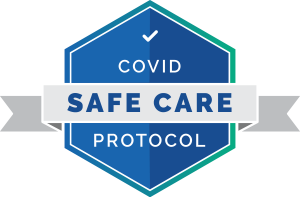The injection targets the affected area of the spine in a way that’s more direct than what can be achieved with medication and many other common non-surgical remedies
A lumbar sympathetic block targets the sympathetic nerves that are located on both sides of your spine. These are the nerves that help control involuntary functions of the body and trigger responses within blood vessels. The injection works by preventing (“blocking”) these nerves from transmitting pain signals to the brain. Lumbar sympathetic blocks are sometimes performed for diagnostic purposes, especially if the source of lower back or radiating nerve pain cannot be clearly determined.
A lumbar sympathetic block may be recommended if you have lower back pain that’s not sufficiently managed with other pain management techniques. Injections may also be recommended to ease discomfort experienced in buttocks, thighs, or legs, as is common if the sciatic nerve is affected. The longest single nerve in the body and a common source of radiating pain, the sciatic nerve originates in the lower back and extends to the legs. Lumbar sympathetic blocks may also ease pain from:
- Peripheral neuropathy
- Reflex sympathetic dystrophy, a rare disorder affecting the sympathetic nervous system
- Vascular insufficiency
- Herpes zoster (“shingles”) infections affecting the legs


